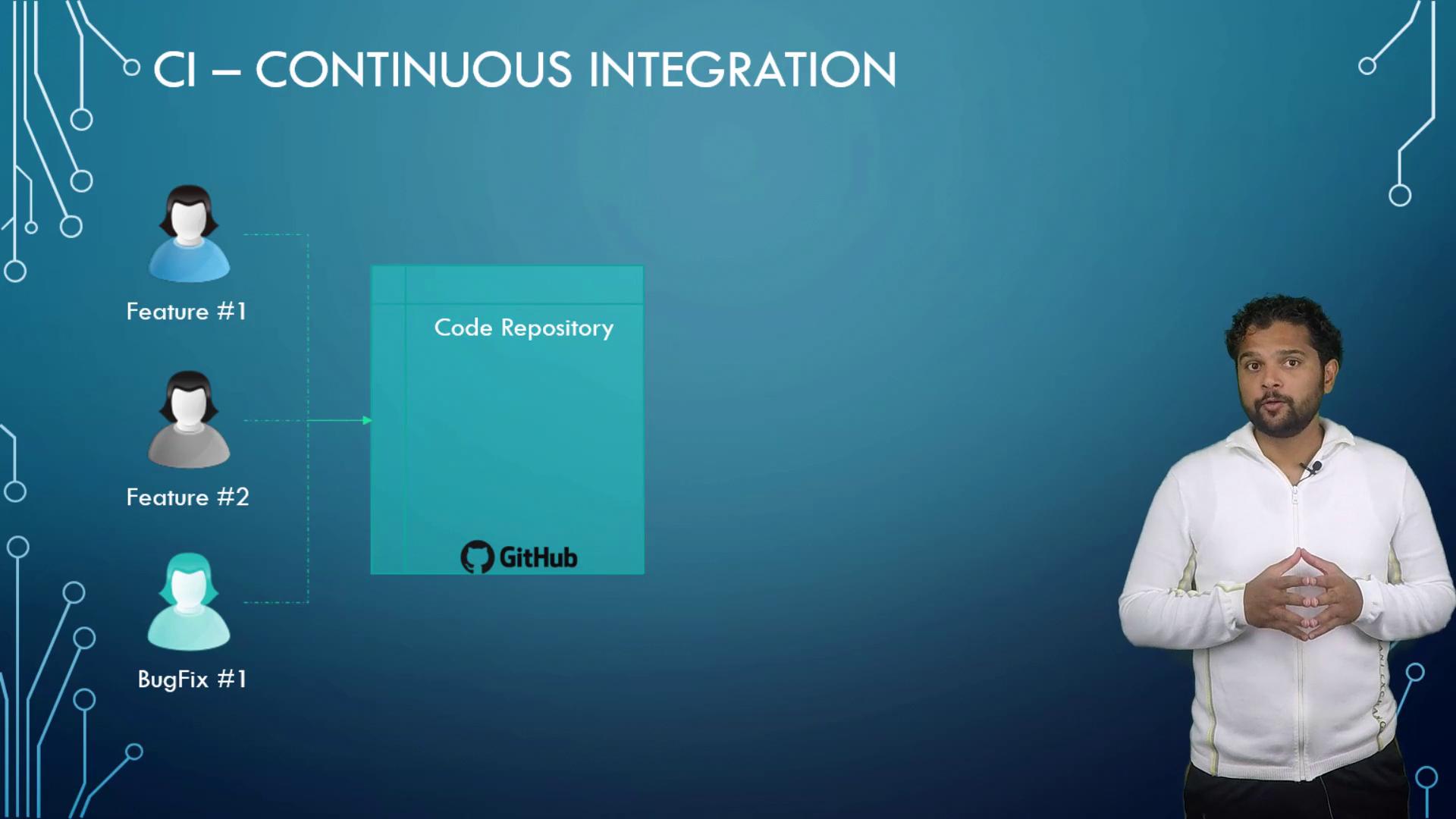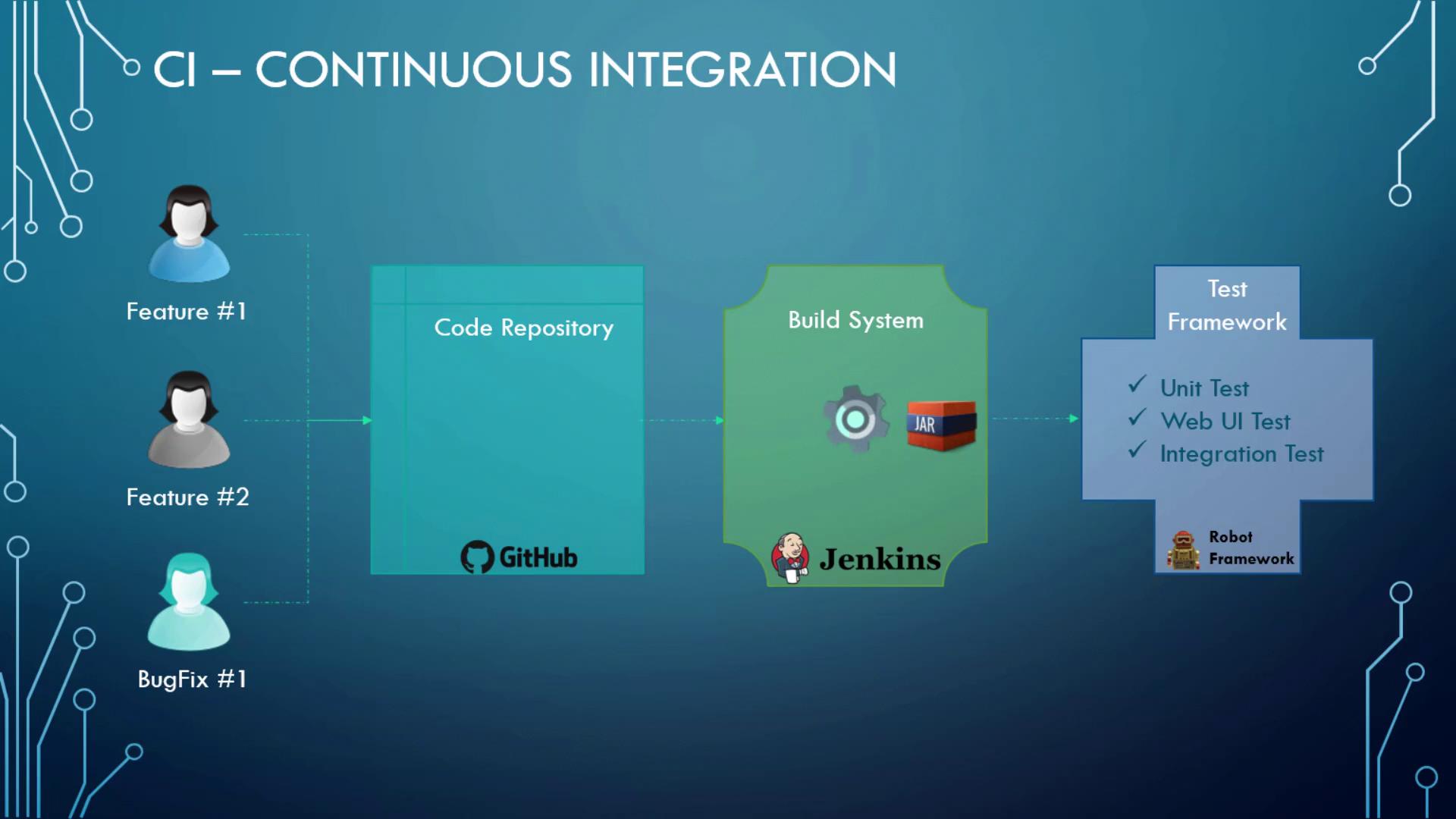Docker - SWARM | SERVICES | STACKS - Hands-on
CICD Integration
CICD Introduction
Welcome to this comprehensive guide on Continuous Integration and Continuous Delivery (CI/CD) with Docker. My name is Mumshad Mannambeth, and in this advanced Docker lesson, we will explore how Docker seamlessly integrates into a CI/CD pipeline to enhance application development and deployment.
In this article, we start by explaining what a CI/CD pipeline entails for beginners. If you already understand CI/CD concepts, feel free to jump directly to the section detailing Docker's role within the pipeline.
Understanding Continuous Integration
Continuous Integration (CI) is a development practice where multiple developers contribute to a shared code repository—often managed via version control systems like GitHub. Each contribution, whether it’s a new feature or a bug fix, triggers an automated system to build the code.

When a developer pushes code changes to the repository, a build management system such as Jenkins automatically initiates the build process. For example, for a Java-based application, the build might result in generating a JAR file. Given the concurrent contributions from multiple developers, it is crucial that the build process runs smoothly and without introducing new issues.
To ensure code quality, automated tests are executed against the build artifact. Using a robust testing framework such as the Robot Framework, the system validates your application’s APIs or web interfaces. Once all tests pass successfully, the build is accepted and integrated.
This smooth and automated process of integrating and validating code changes is at the heart of Continuous Integration.

Note
Understanding the CI process is essential for debugging issues early in the development cycle and maintaining high code quality.
Continuous Delivery and Continuous Deployment
The “CD” in CI/CD stands for Continuous Delivery and Continuous Deployment. Although both processes aim to automate the release of new software versions, there are subtle differences that are important for beginners to understand.
Once code has been built and thoroughly tested, the subsequent step is to release the new version of your application. Releasing new software automatically—whether by packaging it as an executable, an RPM package, or even an ISO—is referred to as Continuous Delivery. Tools such as XebiaLabs Serena can be used to streamline this packaging process.
Continuous Deployment takes automation one step further by automatically deploying the packaged application to a target environment. This environment could be an on-premises cloud solution like PCF or a public cloud service such as Google Cloud Platform or AWS.
The complete CI/CD flow covers every stage: from code changes and builds to testing, release, and automated deployment in production. This comprehensive and seamless process is what sets Continuous Integration and Continuous Deployment apart in modern software development.

Note
Leveraging a fully automated CI/CD pipeline not only boosts development speed but also reduces the risk of human error in production deployments.
Thank you for reading this detailed exploration of CI/CD with Docker. For further learning, consider exploring additional resources on automated testing, build tools, and cloud deployments to deepen your understanding of these essential development practices.
Watch Video
Watch video content